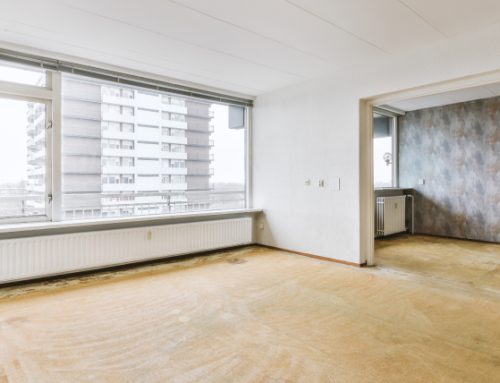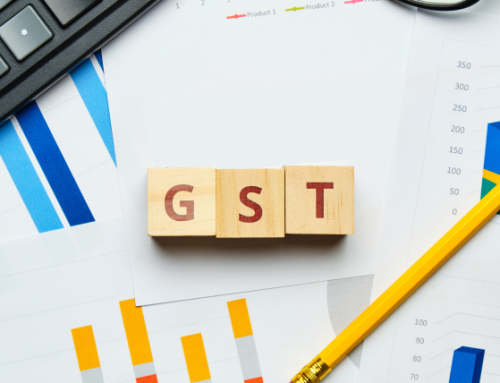Amongst all investment options available, real estate is the one that buyers tend to get emotionally attached with. For this reason, people rationalize their emotional decisions with the help of many myths about real estate investing.
If one wants to avoid getting entangled in the emotional aspects of real estate investing and make financially sound decisions, it is imperative that these real estate myths be recognized and dismissed. In this article, we will list down some of the foremost real estate investing myths and try to debunk them.
Myth: Land is Scarce
The most common myth propagated by real estate salesmen and other proponents of real estate investing is that land is scarce. There is only a limited amount of land in the world. This coupled with the fact that the population of the world is increasing everyday gives credence to the conclusion that the land prices of the world will continue to rise perpetually since there will always be a shortage of land.
However, a look at the numbers will explain that this is not the case. Firstly, it is true that there is a limited amount of land in the world. However, technological development is making it possible to make more efficient use of this land. Studies have been conducted in this area and their conclusions state that even if the population of the world were to rise four fold, there would still be an abundant amount of land for all humans to survive and thrive!
Secondly, studies have also been conducted which state that the population of the world is about to stabilize. This means that the population growth era has reached its peak and now the number of people will remain more or less constant.
Hence, the “land is scarce and therefore precious” logic is nothing but the propagation of a myth!
Myth: Land Prices Always Go Up in Value
This logic is prevalent largely is developing economies which have witnessed unprecedented boom in the real estate sector in the past decade or so. The price of land in these economies has gone up 10 times in the past two decades. As a result, people in these countries have come to believe that the price of land always rises i.e. the real estate always goes up in value.
This is far from the truth. If one were to consider developed economies like Japan and the United States, one can find examples of real estate crashes where prices have dropped to the tune of 40% to 50%. In Japan, the prices have gone down and have continued to stay there for the better part of the last decade.
Hence, once again, “land prices always appreciate in value” is a mythical statement. Land prices are connected to many factors one of which is the well being of an economy in general.
Myth: Past Performance Predicts Future Performance
There is a common tendency amongst hopeful real estate investors to extrapolate the trends that were present in the property market in the past and create an extremely bullish future scenario. However, one needs to understand that the world has undergone a fundamental shift in the last decade or so. Business arrangements like outsourcing, free trade and cross border investments by multinationals had created an unprecedented boom in the emerging economies. The future does not apparently hold any such revolution in its offing. In case, no unexpected economic revolution fundamentally changes the economic paradigm, it is highly unlikely that the performance of the past few years gets repeated in the future years. Investors betting on a repeat performance are in for a rude shock!
Myth: Real Estate Investments Can Be Flipped Easily
This is not a very popular myth. However, before the subprime crisis broke out in the United States, stories of self made real estate millionaires who owe their fortunes to nothing but buying and selling real estate on borrowed money were common.
These bloggers propagated the virtues of flipping i.e. buying and selling real estate several times in a very short period. The idea was to book the profit arising from the price differential and converting it into cash. However, what these self-proclaimed gurus forgot to mention is the huge amount of transaction costs that are associated with any kind of real estate transaction worldwide. Therefore, the more properties you flip, the more transaction costs you incur. These transaction costs amount to anywhere between 2% to 5% of the price of the property in question.
Apart from the transaction costs, finding a willing buyer and negotiating a deal is a tedious and time consuming process. Flipping properties therefore causes immense drainage of time as well as resources and therefore should be avoided as far as possible.
Myth: Buying is Better Than Renting
Property buyers all over the world have an emotional connection with the real estate that they purchase. From traditional times, buying real estate has been considered the “adult” thing to do for a person. This decision has no financial backing and is rooted in the thinking that having a property to your name somehow makes one economically more secure.
However, if we consider the financial aspects this is clearly not true. There are some situations when buying is clearly the better thing to do whereas there are other situations where renting is the best option. The ideal thing to do therefore depends on a case to case basis. This rent vs. buy decision will be discussed in a later article.
Source – www.managementstudyguide.com









































